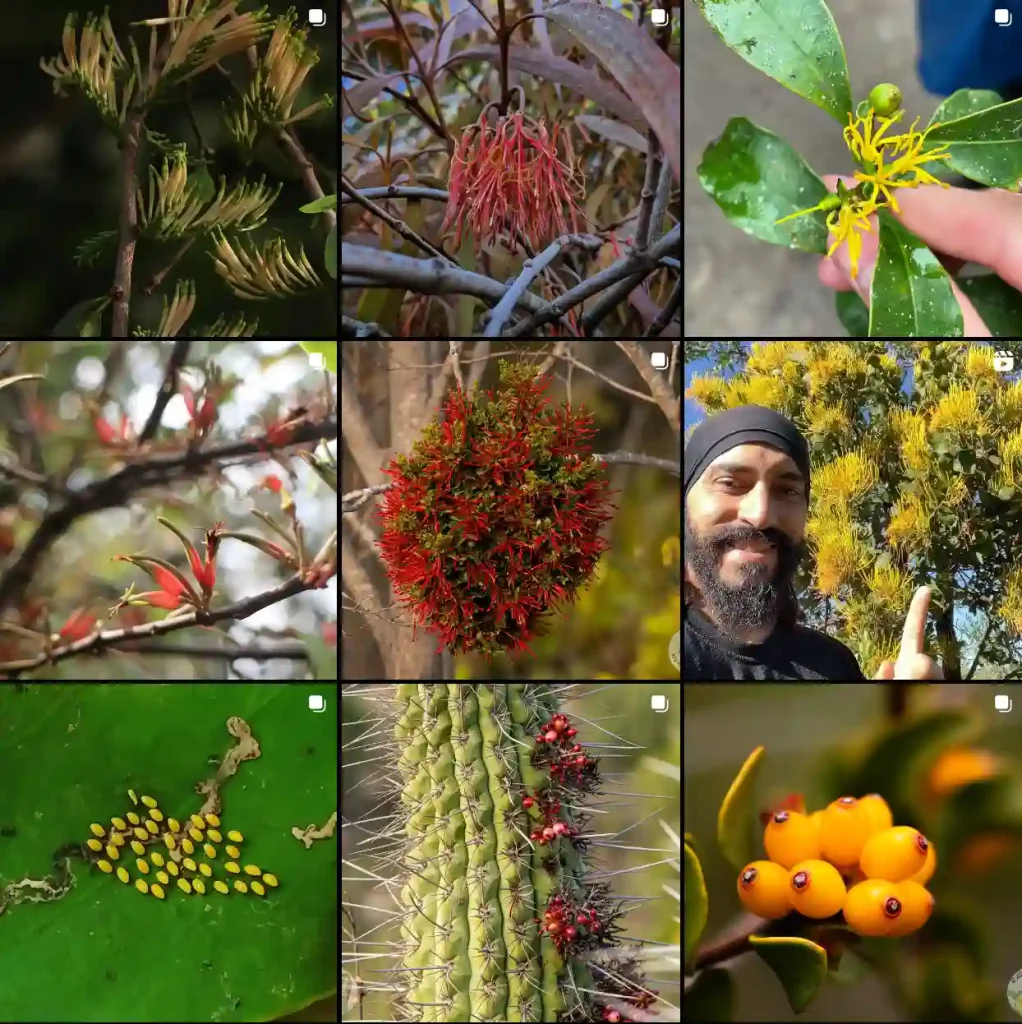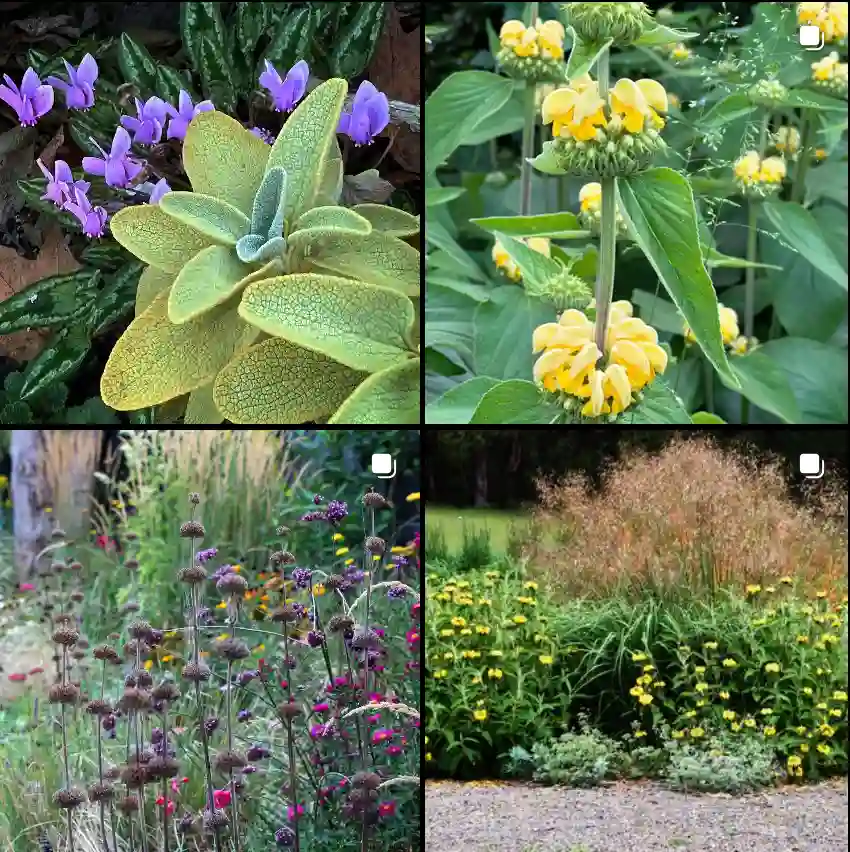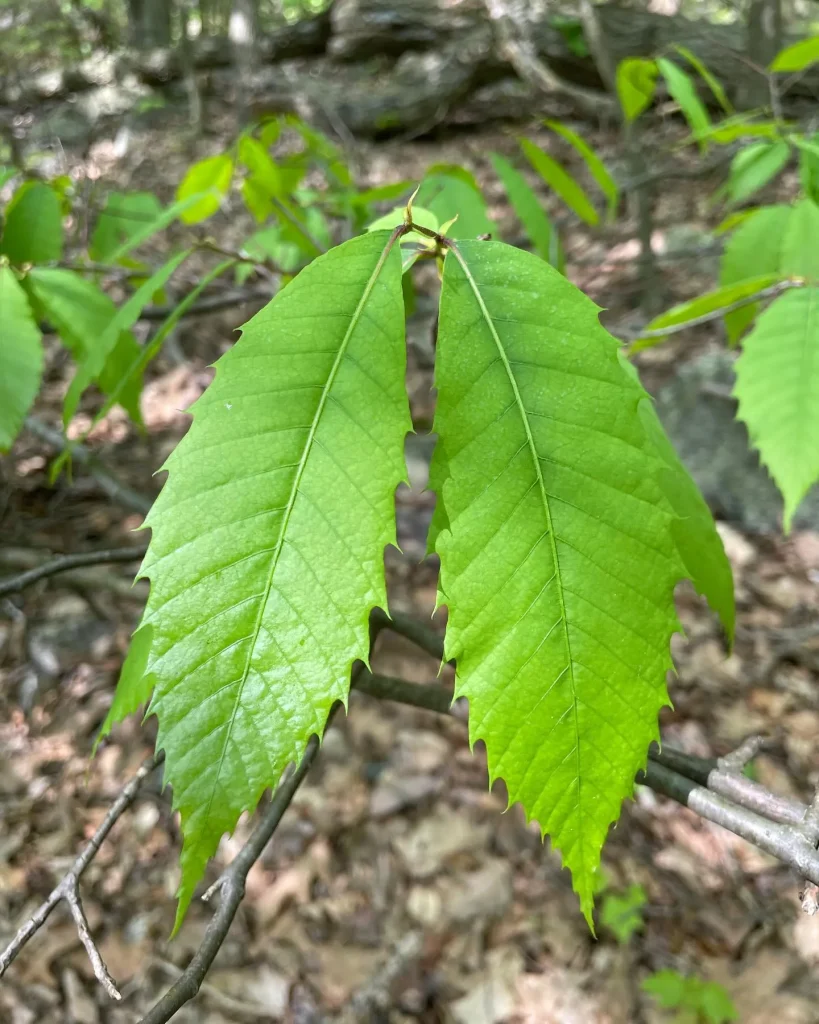
Hydrocotyle tripartita vs monte carlo
Hydrocotyle tripartita has been a game-changer for my aquascaping; its lush, round leaves create a vibrant carpet that feels almost like a living green mat. In contrast, Monte Carlo has a subtler charm with its delicate, rounded foliage and slower growth, which gives it a more refined, yet less robust look in the tank. I found that Hydrocotyle tripartita tends to grow faster and can outpace Monte Carlo, making it ideal for filling in spaces quickly, while Monte Carlo requires a bit more patience but eventually creates a softer, more nuanced landscape.
182 Species in Genus Hydrocotyle
Does Hydrocotyle Tripartita need CO2?
Hydrocotyle Tripartita, for me, has thrived better with CO2 supplementation. I noticed that when I introduced CO2 into my tank, the growth of Hydrocotyle Tripartita became noticeably more robust and vibrant. It seemed to respond positively to the additional carbon dioxide, displaying denser foliage and healthier growth overall.
How to grow Hydrocotyle Tripartita?
Hydrocotyle Tripartita is a popular freshwater aquarium plant known for its versatility and ease of care. Here’s a guide on how to grow it:
Tank Requirements:
- Lighting: Thrives under moderate to high lighting. Lower light will result in slower growth and a less dense carpet.
- CO2 Injection: Not strictly necessary but CO2 injection encourages faster growth and a bushier appearance.
- Substrate: Prefers a nutrient-rich substrate but can adapt to various types.
- Water Parameters:
- pH: 5.0 – 7.0 (slightly acidic preferred)
- Hardness: Soft to moderately hard
- Temperature: 72 – 82°F (22 – 28°C)
Planting:
- You can plant Hydrocotyle Tripartita directly in the substrate or attach it to hardscape elements like driftwood or rocks.
- When planting in the substrate, separate the stems into small clumps and gently push them down under the substrate.
- Use weights or thread to secure the plant to hardscape until it attaches with its roots.
Care:
- Trimming: Regularly trim runners to maintain desired shape and prevent overgrowth.
- Fertilization: Consider adding liquid fertilizer for optimal growth, especially in low-tech setups without CO2 injection.
- Water Changes: Perform regular water changes to maintain good water quality and remove excess nutrients that can lead to algae growth.
Propagation:
Hydrocotyle Tripartita is a fast grower and readily propagates through runners. Simply cut the runners and replant them in your tank.
Additional Tips:
- For a dense, carpet-like growth, provide strong lighting and CO2 injection.
- Hydrocotyle Tripartita can help outcompete algae for nutrients when grown under good conditions.
- Adjust your maintenance routine based on the growth rate in your tank.
Does Hydrocotyle Tripartita need soil?
In my experience, Hydrocotyle Tripartita doesn’t necessarily require soil to thrive. While it can certainly benefit from a nutrient-rich substrate, I’ve seen successful growth using other methods such as planting it in inert substrates like sand or gravel supplemented with root tabs.
Can you glue Hydrocotyle Tripartita?
Yes, I have successfully used glue to attach Hydrocotyle Tripartita to driftwood and rocks in my aquarium. It can be a bit delicate to work with, but carefully dabbing a small amount of aquarium-safe glue onto the plant’s stems and then pressing it onto the desired surface has worked well for me.
How to trim Hydrocotyle Tripartita?
Trimming Hydrocotyle Tripartita can be a bit tricky due to its delicate nature, but I’ve found that regular pruning is essential for maintaining its shape and preventing it from overtaking the tank. I typically use sharp aquascaping scissors to trim away any excessive growth, focusing on maintaining a neat and compact appearance.
Why is my Hydrocotyle Tripartita melting?
There are a few reasons why your Hydrocotyle Tripartita might be melting:
- Lack of CO2: This plant benefits greatly from CO2 injection, especially for faster growth and bushier appearance. Without sufficient CO2, leaves can turn yellow and melt.
- Insufficient Lighting: While adaptable, Hydrocotyle Tripartita prefers moderate to high lighting. Low light levels can lead to slower growth and melting leaves.
- Nutrient Deficiency: This plant thrives in a nutrient-rich substrate. Lack of essential nutrients can cause melting. Consider adding liquid fertilizer, especially in low-tech setups without CO2 injection.
- Recent Upheaval: If you recently uprooted and replanted the Hydrocotyle Tripartita, it might be melting due to the stress of transplanting. This is more common with frequent re-scaping than with newly acquired plants.
Diagnosing the Cause:
- Melting leaves at the bottom: This could be a sign of insufficient light reaching the lower parts of the plant.
- Overall melting: This is more likely due to a lack of CO2 or nutrients.
- Melting after transplanting: Give the plant some time to recover from the stress.
Solutions:
- Increase CO2 injection: If you’re not already injecting CO2, consider adding a CO2 system or using a DIY method.
- Boost Lighting: If your tank lighting is low, consider upgrading to a stronger light or increasing the photoperiod (daylight hours).
- Fertilize: If you suspect a nutrient deficiency, add a balanced liquid fertilizer suitable for planted tanks.
- Minimize Transplanting: Avoid frequent uprooting and replanting, especially for established Hydrocotyle Tripartita.
If i die, water my plants!



